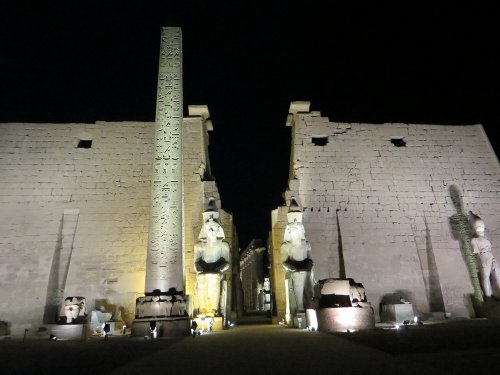Pharaonic Egypt

During our days in Egypt, we devoted most of our time to exploring ancient temples and tombs from the 31 Pharaonic dynasties that ruled this land for over 3,000 years. The more we explored these fascinating sites, the more we felt intrigued by their symbolism and meaning.
Many times as we walked through these impressive structures we wished we could be transported back to the times where they were part of the daily life and religious practices of Egyptian people. It was only at the end of the 4th century AD when the Roman Empire adopted Christianity that ancient Egypt finally died out. Their gods were taken from them, their temples were closed down, and all knowledge of the “pagan” hieroglyphs that transmitted their culture was lost for about 1,400 years.

The work of restoration and interpretation done by archaeologist from all over the world allow us today to have a better understanding of this society and their hieroglyphic language. With the peaceful Philae Temple resting on an island in the middle of the Nile, the Luxor Temple romantically illuminated at night, the Nobles Valley where so many prepared for their trip to the “afterlife,” the prominent and emblematic Pyramids of Giza with the Sphinx in the middle of the dessert, and the triangular interior of the Dahshour pyramid with its powerful echo, Egypt is an unforgettable testimony of history.


We could write the few things we learned about Pharaonic Egypt, but it will be pretentious on our part to simplify in this short article what has taken years of study for so many scientist and archaeologists. What we could do instead is to offer a small window to the magic our eyes witnessed. Life will never be the same after visiting Egypt, this country has the talent to intrigue and captivate minds. Let Egypt kidnap you, enjoy 😉

